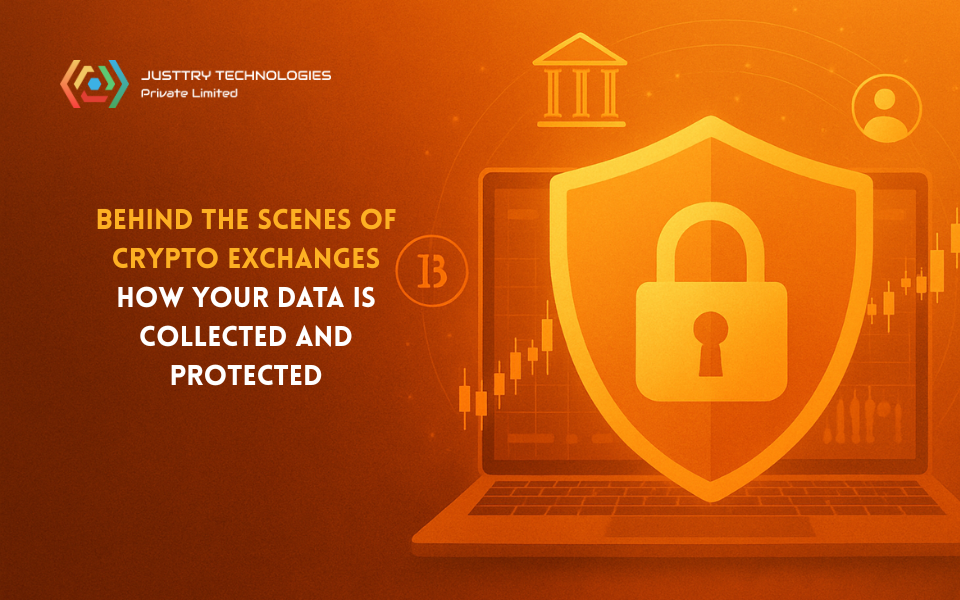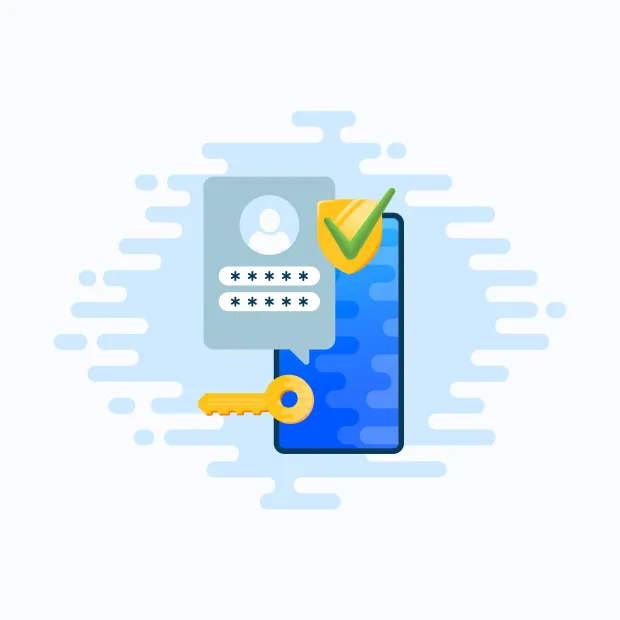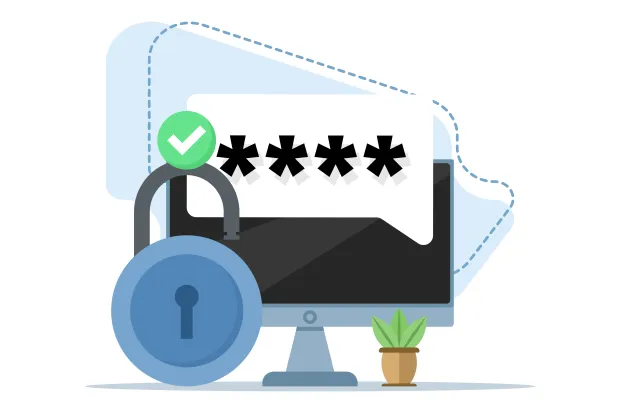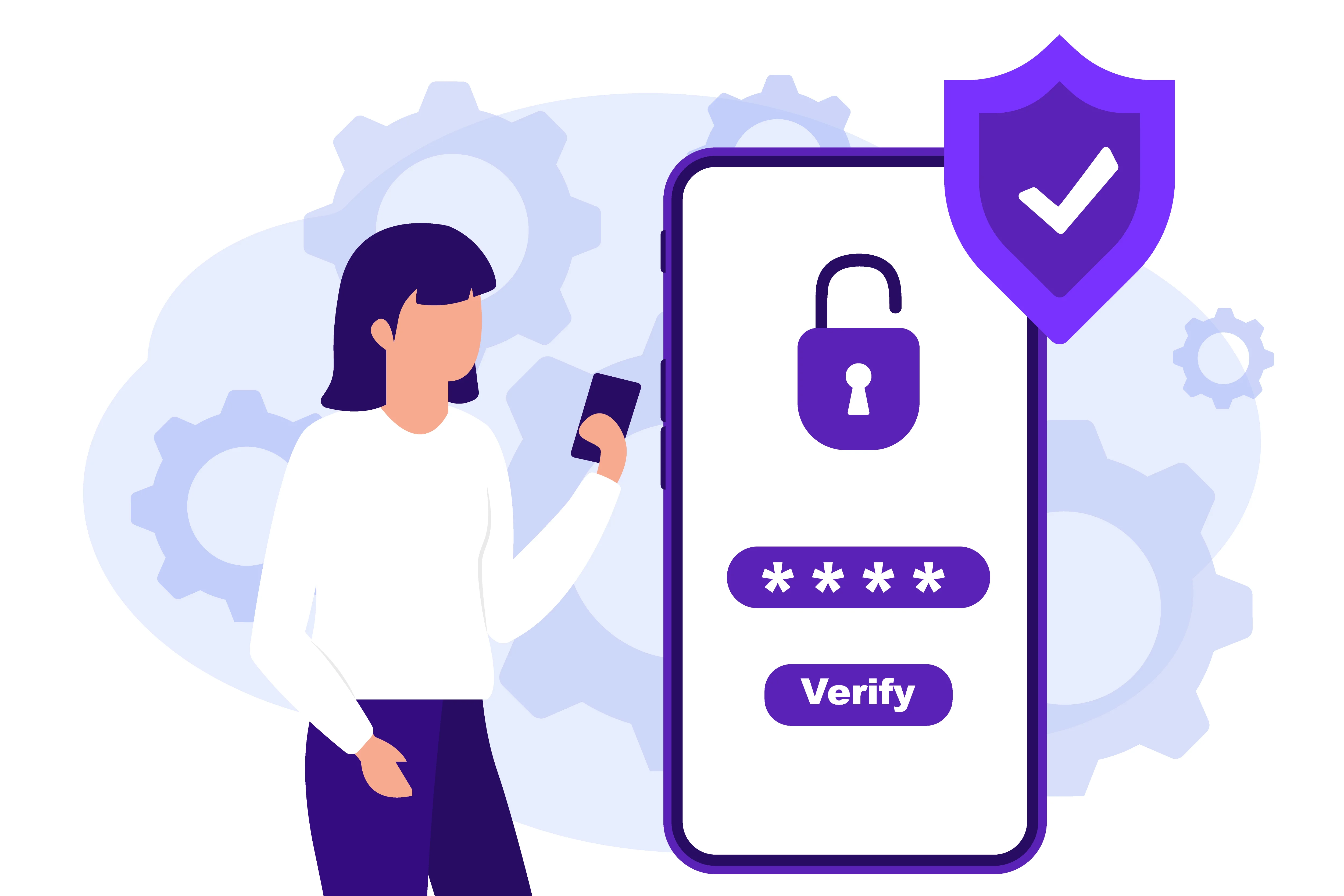Can artificial intelligence help catch cyber fraud before it happens — or will it be used to commit more fraud?
Artificial Intelligence (AI) presents a fascinating and somewhat terrifying dual-edged sword in the realm of cyber fraud.
It absolutely has the potential to help catch fraud before it happens, but it is also undeniably being leveraged by criminals to commit more sophisticated and widespread fraud.
How AI Can Help Catch Cyber Fraud Before It Happens (Defense):
AI and Machine Learning (ML) are transforming fraud detection and prevention, moving from reactive to proactive measures.
Real-Time Anomaly Detection and Behavioral Analytics:
Proactive Monitoring: AI systems constantly monitor user behavior (login patterns, device usage, geographic location, typing cadence, transaction history) and system activity in real-time. They establish a "normal" baseline for each user and identify any deviations instantaneously.
Predictive Analytics: By analyzing vast datasets of past fraudulent and legitimate activities, AI can identify subtle, emerging patterns that signal potential fraud attempts before they fully materialize. For example, if a user suddenly attempts a large transfer to an unusual beneficiary from a new device in a high-risk country, AI can flag or block it immediately.
Examples: A bank's AI might notice a user trying to log in from Taiwan and then, moments later, attempting a transaction from a different IP address in Europe. This could trigger an immediate MFA challenge or block.
Advanced Phishing and Malware Detection:
Natural Language Processing (NLP): AI-powered NLP can analyze email content, social media messages, and text messages for linguistic cues, sentiment, and patterns associated with phishing attempts, even if they're expertly crafted by other AIs. It can detect subtle inconsistencies or malicious intent that humans might miss.
Polymorphic Malware: AI can help detect polymorphic malware (malware that constantly changes its code to evade detection) by identifying its behavioral patterns rather than just its signature.
Identifying Fake Content: AI can be trained to detect deepfakes (fake audio, video, images) by looking for minute inconsistencies or digital artifacts, helping to flag sophisticated impersonation scams before they deceive victims.
Threat Intelligence and Pattern Recognition:
Rapid Analysis: AI can rapidly process and correlate massive amounts of threat intelligence data from various sources (dark web forums, security bulletins, past incidents) to identify new fraud typologies and attack vectors.
Automated Response: When a threat is identified, AI can automate responses like blocking malicious IPs, updating blacklists, or issuing real-time alerts to affected users or systems.
Enhanced Identity Verification and Biometrics:
AI-driven biometric authentication (facial recognition, voice analysis, fingerprint scanning) makes it significantly harder for fraudsters to impersonate legitimate users, especially during remote onboarding or high-value transactions.
AI can analyze digital identity documents for signs of forgery and compare them with biometric data in real-time.
Reduced False Positives:
Traditional rule-based fraud detection often generates many false positives (legitimate transactions flagged as suspicious), leading to customer friction and operational inefficiencies. AI, with its adaptive learning, can significantly reduce false positives, allowing legitimate transactions to proceed smoothly while still catching actual fraud.
How AI Can Be Used to Commit More Fraud (Offense):
The same advancements that empower fraud detection also empower fraudsters. This is the "AI arms race" in cybersecurity.
Hyper-Personalized Phishing and Social Engineering:
Generative AI (LLMs): Tools like ChatGPT can generate perfectly worded, grammatically correct, and highly personalized phishing emails, texts, and social media messages. They can mimic corporate tone, individual writing styles, and even leverage publicly available information (from social media) to make scams incredibly convincing, eliminating the "Nigerian Prince" typo giveaways.
Automated Campaigns: AI can automate the generation and distribution of thousands or millions of unique phishing attempts, scaling attacks exponentially.
Sophisticated Impersonation (Deepfakes):
Deepfake Audio/Video: AI enables criminals to create highly realistic deepfake audio and video of executives, family members, or public figures. This is used in "CEO fraud" or "grandparent scams" where a cloned voice or video call convinces victims to transfer money urgently. (e.g., the $25 million Hong Kong deepfake scam).
Synthetic Identities: AI can generate entirely fake personas with realistic photos, bios, and even documents, which can then be used to open fraudulent bank accounts, apply for loans, or bypass KYC checks.
Advanced Malware and Evasion:
Polymorphic and Evasive Malware: AI can be used to develop malware that adapts and changes its code in real-time to evade traditional antivirus software and intrusion detection systems.
Automated Vulnerability Scanning: AI can rapidly scan networks and applications to identify vulnerabilities (including zero-days) that can be exploited for attacks.
Automated Credential Stuffing and Account Takeovers:
AI can automate the process of trying stolen usernames and passwords across numerous websites, mimicking human behavior to avoid detection by bot management systems.
It can analyze breached credential databases to identify patterns and target high-value accounts more efficiently.
Enhanced Fraud Infrastructure:
AI-powered chatbots can engage victims in real-time, adapting their responses to manipulate them over extended conversations, making romance scams and investment scams more effective and scalable.
AI can optimize money laundering routes by identifying the least risky pathways for illicit funds.
The AI Arms Race:
The reality is that AI will be used for both. The fight against cyber fraud is becoming an AI arms race, where defenders must continually develop and deploy more advanced AI to counter the increasingly sophisticated AI used by attackers.
For individuals and organizations in Taiwan, this means:
Investing in AI-powered security solutions: Banks and large companies must use AI to fight AI.
Continuous Learning: Everyone needs to stay informed about the latest AI-powered scam tactics, as they evolve rapidly.
Focus on Human Element: While AI can detect patterns, human critical thinking, skepticism, and verification remain essential, especially when faced with emotionally manipulative AI-generated content.
Collaboration: Sharing threat intelligence (including AI-driven fraud methods) between industry, government, and cybersecurity researchers is more critical than ever.
The future of cyber fraud will be heavily influenced by AI, making the landscape both more dangerous for victims and more challenging for those trying to protect them.
Artificial Intelligence (AI) presents a fascinating and somewhat terrifying dual-edged sword in the realm of cyber fraud.
It absolutely has the potential to help catch fraud before it happens, but it is also undeniably being leveraged by criminals to commit more sophisticated and widespread fraud.
How AI Can Help Catch Cyber Fraud Before It Happens (Defense):
AI and Machine Learning (ML) are transforming fraud detection and prevention, moving from reactive to proactive measures.
Real-Time Anomaly Detection and Behavioral Analytics:
Proactive Monitoring: AI systems constantly monitor user behavior (login patterns, device usage, geographic location, typing cadence, transaction history) and system activity in real-time. They establish a "normal" baseline for each user and identify any deviations instantaneously.
Predictive Analytics: By analyzing vast datasets of past fraudulent and legitimate activities, AI can identify subtle, emerging patterns that signal potential fraud attempts before they fully materialize. For example, if a user suddenly attempts a large transfer to an unusual beneficiary from a new device in a high-risk country, AI can flag or block it immediately.
Examples: A bank's AI might notice a user trying to log in from Taiwan and then, moments later, attempting a transaction from a different IP address in Europe. This could trigger an immediate MFA challenge or block.
Advanced Phishing and Malware Detection:
Natural Language Processing (NLP): AI-powered NLP can analyze email content, social media messages, and text messages for linguistic cues, sentiment, and patterns associated with phishing attempts, even if they're expertly crafted by other AIs. It can detect subtle inconsistencies or malicious intent that humans might miss.
Polymorphic Malware: AI can help detect polymorphic malware (malware that constantly changes its code to evade detection) by identifying its behavioral patterns rather than just its signature.
Identifying Fake Content: AI can be trained to detect deepfakes (fake audio, video, images) by looking for minute inconsistencies or digital artifacts, helping to flag sophisticated impersonation scams before they deceive victims.
Threat Intelligence and Pattern Recognition:
Rapid Analysis: AI can rapidly process and correlate massive amounts of threat intelligence data from various sources (dark web forums, security bulletins, past incidents) to identify new fraud typologies and attack vectors.
Automated Response: When a threat is identified, AI can automate responses like blocking malicious IPs, updating blacklists, or issuing real-time alerts to affected users or systems.
Enhanced Identity Verification and Biometrics:
AI-driven biometric authentication (facial recognition, voice analysis, fingerprint scanning) makes it significantly harder for fraudsters to impersonate legitimate users, especially during remote onboarding or high-value transactions.
AI can analyze digital identity documents for signs of forgery and compare them with biometric data in real-time.
Reduced False Positives:
Traditional rule-based fraud detection often generates many false positives (legitimate transactions flagged as suspicious), leading to customer friction and operational inefficiencies. AI, with its adaptive learning, can significantly reduce false positives, allowing legitimate transactions to proceed smoothly while still catching actual fraud.
How AI Can Be Used to Commit More Fraud (Offense):
The same advancements that empower fraud detection also empower fraudsters. This is the "AI arms race" in cybersecurity.
Hyper-Personalized Phishing and Social Engineering:
Generative AI (LLMs): Tools like ChatGPT can generate perfectly worded, grammatically correct, and highly personalized phishing emails, texts, and social media messages. They can mimic corporate tone, individual writing styles, and even leverage publicly available information (from social media) to make scams incredibly convincing, eliminating the "Nigerian Prince" typo giveaways.
Automated Campaigns: AI can automate the generation and distribution of thousands or millions of unique phishing attempts, scaling attacks exponentially.
Sophisticated Impersonation (Deepfakes):
Deepfake Audio/Video: AI enables criminals to create highly realistic deepfake audio and video of executives, family members, or public figures. This is used in "CEO fraud" or "grandparent scams" where a cloned voice or video call convinces victims to transfer money urgently. (e.g., the $25 million Hong Kong deepfake scam).
Synthetic Identities: AI can generate entirely fake personas with realistic photos, bios, and even documents, which can then be used to open fraudulent bank accounts, apply for loans, or bypass KYC checks.
Advanced Malware and Evasion:
Polymorphic and Evasive Malware: AI can be used to develop malware that adapts and changes its code in real-time to evade traditional antivirus software and intrusion detection systems.
Automated Vulnerability Scanning: AI can rapidly scan networks and applications to identify vulnerabilities (including zero-days) that can be exploited for attacks.
Automated Credential Stuffing and Account Takeovers:
AI can automate the process of trying stolen usernames and passwords across numerous websites, mimicking human behavior to avoid detection by bot management systems.
It can analyze breached credential databases to identify patterns and target high-value accounts more efficiently.
Enhanced Fraud Infrastructure:
AI-powered chatbots can engage victims in real-time, adapting their responses to manipulate them over extended conversations, making romance scams and investment scams more effective and scalable.
AI can optimize money laundering routes by identifying the least risky pathways for illicit funds.
The AI Arms Race:
The reality is that AI will be used for both. The fight against cyber fraud is becoming an AI arms race, where defenders must continually develop and deploy more advanced AI to counter the increasingly sophisticated AI used by attackers.
For individuals and organizations in Taiwan, this means:
Investing in AI-powered security solutions: Banks and large companies must use AI to fight AI.
Continuous Learning: Everyone needs to stay informed about the latest AI-powered scam tactics, as they evolve rapidly.
Focus on Human Element: While AI can detect patterns, human critical thinking, skepticism, and verification remain essential, especially when faced with emotionally manipulative AI-generated content.
Collaboration: Sharing threat intelligence (including AI-driven fraud methods) between industry, government, and cybersecurity researchers is more critical than ever.
The future of cyber fraud will be heavily influenced by AI, making the landscape both more dangerous for victims and more challenging for those trying to protect them.
Can artificial intelligence help catch cyber fraud before it happens — or will it be used to commit more fraud?
Artificial Intelligence (AI) presents a fascinating and somewhat terrifying dual-edged sword in the realm of cyber fraud.
It absolutely has the potential to help catch fraud before it happens, but it is also undeniably being leveraged by criminals to commit more sophisticated and widespread fraud.
How AI Can Help Catch Cyber Fraud Before It Happens (Defense):
AI and Machine Learning (ML) are transforming fraud detection and prevention, moving from reactive to proactive measures.
Real-Time Anomaly Detection and Behavioral Analytics:
Proactive Monitoring: AI systems constantly monitor user behavior (login patterns, device usage, geographic location, typing cadence, transaction history) and system activity in real-time. They establish a "normal" baseline for each user and identify any deviations instantaneously.
Predictive Analytics: By analyzing vast datasets of past fraudulent and legitimate activities, AI can identify subtle, emerging patterns that signal potential fraud attempts before they fully materialize. For example, if a user suddenly attempts a large transfer to an unusual beneficiary from a new device in a high-risk country, AI can flag or block it immediately.
Examples: A bank's AI might notice a user trying to log in from Taiwan and then, moments later, attempting a transaction from a different IP address in Europe. This could trigger an immediate MFA challenge or block.
Advanced Phishing and Malware Detection:
Natural Language Processing (NLP): AI-powered NLP can analyze email content, social media messages, and text messages for linguistic cues, sentiment, and patterns associated with phishing attempts, even if they're expertly crafted by other AIs. It can detect subtle inconsistencies or malicious intent that humans might miss.
Polymorphic Malware: AI can help detect polymorphic malware (malware that constantly changes its code to evade detection) by identifying its behavioral patterns rather than just its signature.
Identifying Fake Content: AI can be trained to detect deepfakes (fake audio, video, images) by looking for minute inconsistencies or digital artifacts, helping to flag sophisticated impersonation scams before they deceive victims.
Threat Intelligence and Pattern Recognition:
Rapid Analysis: AI can rapidly process and correlate massive amounts of threat intelligence data from various sources (dark web forums, security bulletins, past incidents) to identify new fraud typologies and attack vectors.
Automated Response: When a threat is identified, AI can automate responses like blocking malicious IPs, updating blacklists, or issuing real-time alerts to affected users or systems.
Enhanced Identity Verification and Biometrics:
AI-driven biometric authentication (facial recognition, voice analysis, fingerprint scanning) makes it significantly harder for fraudsters to impersonate legitimate users, especially during remote onboarding or high-value transactions.
AI can analyze digital identity documents for signs of forgery and compare them with biometric data in real-time.
Reduced False Positives:
Traditional rule-based fraud detection often generates many false positives (legitimate transactions flagged as suspicious), leading to customer friction and operational inefficiencies. AI, with its adaptive learning, can significantly reduce false positives, allowing legitimate transactions to proceed smoothly while still catching actual fraud.
How AI Can Be Used to Commit More Fraud (Offense):
The same advancements that empower fraud detection also empower fraudsters. This is the "AI arms race" in cybersecurity.
Hyper-Personalized Phishing and Social Engineering:
Generative AI (LLMs): Tools like ChatGPT can generate perfectly worded, grammatically correct, and highly personalized phishing emails, texts, and social media messages. They can mimic corporate tone, individual writing styles, and even leverage publicly available information (from social media) to make scams incredibly convincing, eliminating the "Nigerian Prince" typo giveaways.
Automated Campaigns: AI can automate the generation and distribution of thousands or millions of unique phishing attempts, scaling attacks exponentially.
Sophisticated Impersonation (Deepfakes):
Deepfake Audio/Video: AI enables criminals to create highly realistic deepfake audio and video of executives, family members, or public figures. This is used in "CEO fraud" or "grandparent scams" where a cloned voice or video call convinces victims to transfer money urgently. (e.g., the $25 million Hong Kong deepfake scam).
Synthetic Identities: AI can generate entirely fake personas with realistic photos, bios, and even documents, which can then be used to open fraudulent bank accounts, apply for loans, or bypass KYC checks.
Advanced Malware and Evasion:
Polymorphic and Evasive Malware: AI can be used to develop malware that adapts and changes its code in real-time to evade traditional antivirus software and intrusion detection systems.
Automated Vulnerability Scanning: AI can rapidly scan networks and applications to identify vulnerabilities (including zero-days) that can be exploited for attacks.
Automated Credential Stuffing and Account Takeovers:
AI can automate the process of trying stolen usernames and passwords across numerous websites, mimicking human behavior to avoid detection by bot management systems.
It can analyze breached credential databases to identify patterns and target high-value accounts more efficiently.
Enhanced Fraud Infrastructure:
AI-powered chatbots can engage victims in real-time, adapting their responses to manipulate them over extended conversations, making romance scams and investment scams more effective and scalable.
AI can optimize money laundering routes by identifying the least risky pathways for illicit funds.
The AI Arms Race:
The reality is that AI will be used for both. The fight against cyber fraud is becoming an AI arms race, where defenders must continually develop and deploy more advanced AI to counter the increasingly sophisticated AI used by attackers.
For individuals and organizations in Taiwan, this means:
Investing in AI-powered security solutions: Banks and large companies must use AI to fight AI.
Continuous Learning: Everyone needs to stay informed about the latest AI-powered scam tactics, as they evolve rapidly.
Focus on Human Element: While AI can detect patterns, human critical thinking, skepticism, and verification remain essential, especially when faced with emotionally manipulative AI-generated content.
Collaboration: Sharing threat intelligence (including AI-driven fraud methods) between industry, government, and cybersecurity researchers is more critical than ever.
The future of cyber fraud will be heavily influenced by AI, making the landscape both more dangerous for victims and more challenging for those trying to protect them.
0 Commentarii
0 Distribuiri
7K Views
0 previzualizare











